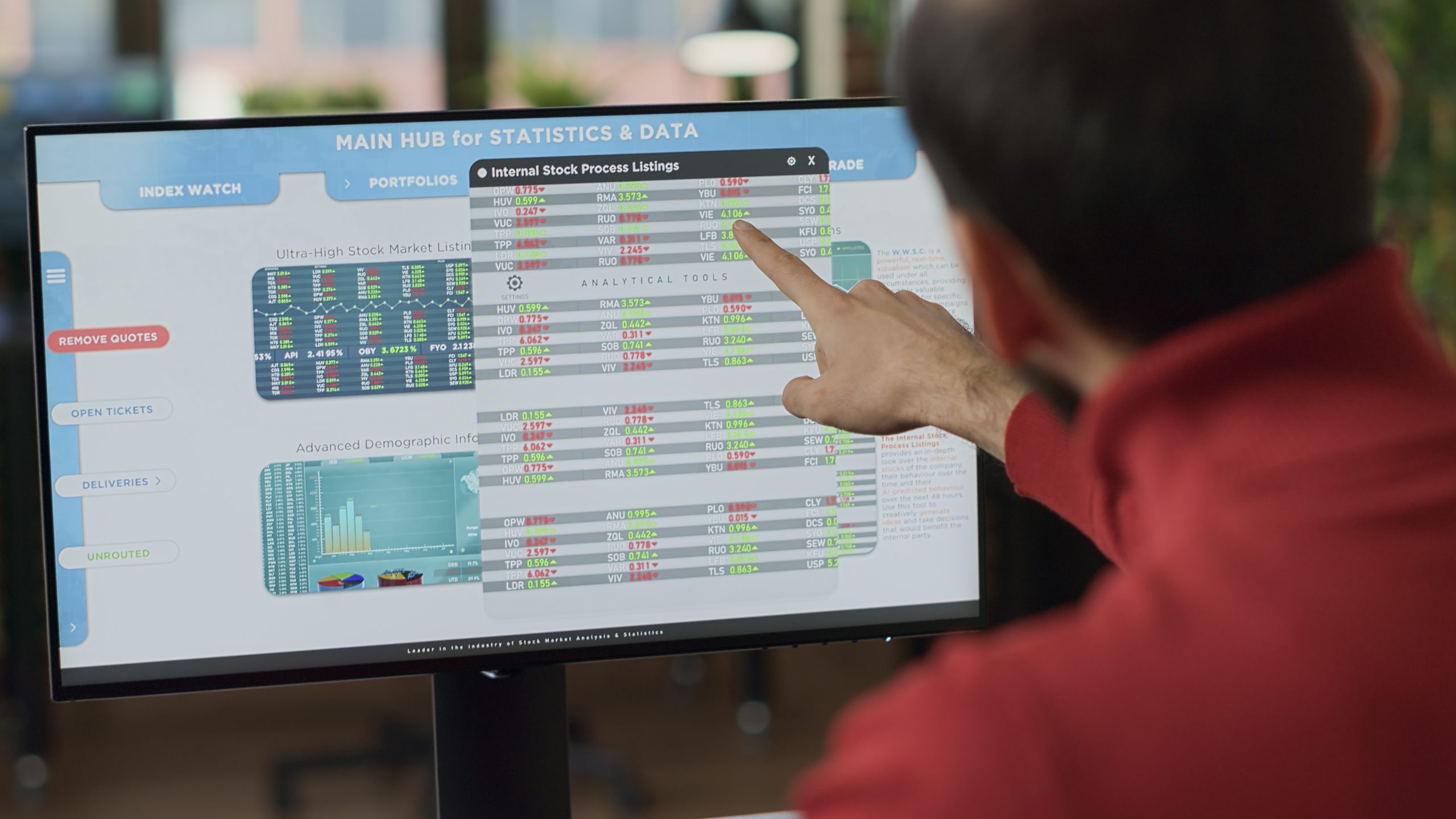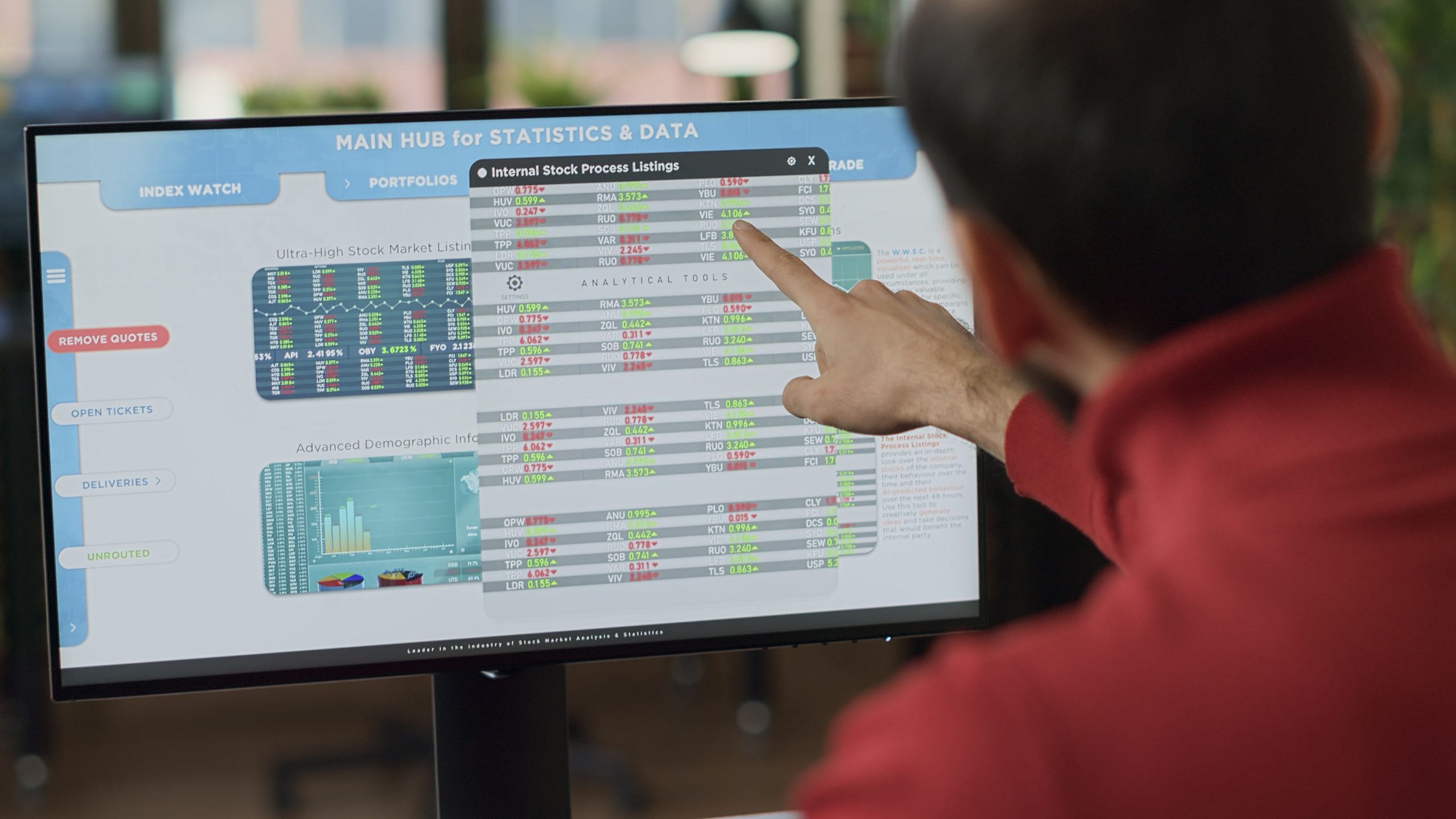What is EBITDA?
EBITDA, or earnings before interest, taxes, depreciation, and amortization, is an alternative measure of profitability to net income. It attempts to represent the cash profit generated by a company’s operations by including depreciation, amortization, taxes, and debt payment costs.
EBITDA is not recognized under generally accepted accounting principles (GAAP). Some public companies report EBITDA in their quarterly results along with adjusted EBITDA figures, typically excluding additional costs such as stock-based compensation.
Key Takeaways
- EBITDA Definition: EBITDA stands for earnings before interest, taxes, depreciation, and amortization. It measures core corporate profitability.
- Calculation: EBITDA is calculated by adding interest, tax, depreciation, and amortization expenses to net income.
- Criticism: Some critics, including Warren Buffett, argue that EBITDA is meaningless because it omits depreciation and capital costs.
- Regulation: The U.S. Securities and Exchange Commission (SEC) requires companies to reconcile any reported EBITDA figures with net income and bars them from reporting EBITDA on a per-share basis.
EBITDA Formulas and Calculation
If a company doesn’t report EBITDA, it can be easily calculated from its financial statements using software like Excel.
Formulas
There are two main formulas for calculating EBITDA:
Based on Net Income:
\text{EBITDA} = \text{Net Income} + \text{Taxes} + \text{Interest Expense} + \text{Depreciation and Amortization (D&A)}
Based on Operating Income:
\text{EBITDA} = \text{Operating Income} + \text{D&A}
Components
- Net Income: Found on the income statement.
- Taxes and Interest Expense: Found on the income statement.
- Depreciation and Amortization: Found in the notes to operating profit or on the cash flow statement.
Read Also: Moving Averages in Indian Stock Market Analysis
What Does EBITDA Tell You?
By adding interest, taxes, depreciation, and amortization back to net income, EBITDA can track and compare the underlying profitability of companies regardless of their depreciation assumptions or financing choices.
Usage in Valuation
EBITDA is often used in valuation ratios, notably in combination with enterprise value as EV/EBITDA, also known as the enterprise multiple. It is particularly useful in asset-intensive industries with high non-cash depreciation costs.
Criticism
Not everyone agrees on EBITDA’s usefulness. Warren Buffett, for example, argues that depreciation is a real cost that cannot be ignored, making EBITDA not a meaningful measure of performance.
Example of EBITDA Calculation
Consider a company with the following financial data:
- Revenue: $100 million
- Cost of Goods Sold (COGS): $40 million
- Overhead: $20 million
- Depreciation and Amortization: $10 million
- Interest Expense: $5 million
- Tax Rate: 20%
Calculation
- Operating Profit: $30 million
- Earnings Before Taxes: $25 million
- Net Income: $20 million
- EBITDA: $40 million (Net Income + D&A + Interest + Taxes)
History of EBITDA
EBITDA was invented by Liberty Media Chairman John Malone in the 1970s to support his leveraged growth strategy in the cable industry. It gained prominence in the 1980s during leveraged buyouts (LBOs) and was later popularized during the dotcom bubble, though sometimes used to exaggerate financial performance.
Criticisms of EBITDA
Non-GAAP Measure
EBITDA is a non-GAAP measure, leading to variations in how it is calculated by different companies. Companies may emphasize EBITDA over net income to present a more favorable financial picture.
Ignoring Asset Costs
EBITDA does not account for the cost of assets, making it different from free cash flow, which considers asset costs. Critics argue that EBITDA assumes profitability is solely a function of sales and operations, ignoring the cost of capital expenditures.
Valuation Concerns
EBITDA can obscure a company’s true valuation by excluding significant costs, potentially misleading investors about the company’s financial health.
Comparing EBITDA, EBIT, and EBT
- EBIT (Earnings Before Interest and Taxes): Net income plus interest and tax expenses.
- EBT (Earnings Before Tax): Net income plus tax expenses, excluding interest and non-cash expenses.
EBITDA vs. Operating Cash Flow
Operating cash flow includes changes in working capital, providing a better measure of a company’s cash generation capabilities. EBITDA, which excludes working capital changes, may miss critical cash flow issues.
Read Also: What is Candlestick Charts
Conclusion
EBITDA can be useful for comparing companies with different tax treatments and capital costs or analyzing them when these are likely to change. However, excluding some costs while including others has led to its misuse by some corporate managers. Investors should always read the fine print reconciling EBITDA to net income to avoid being misled.















0 Comments